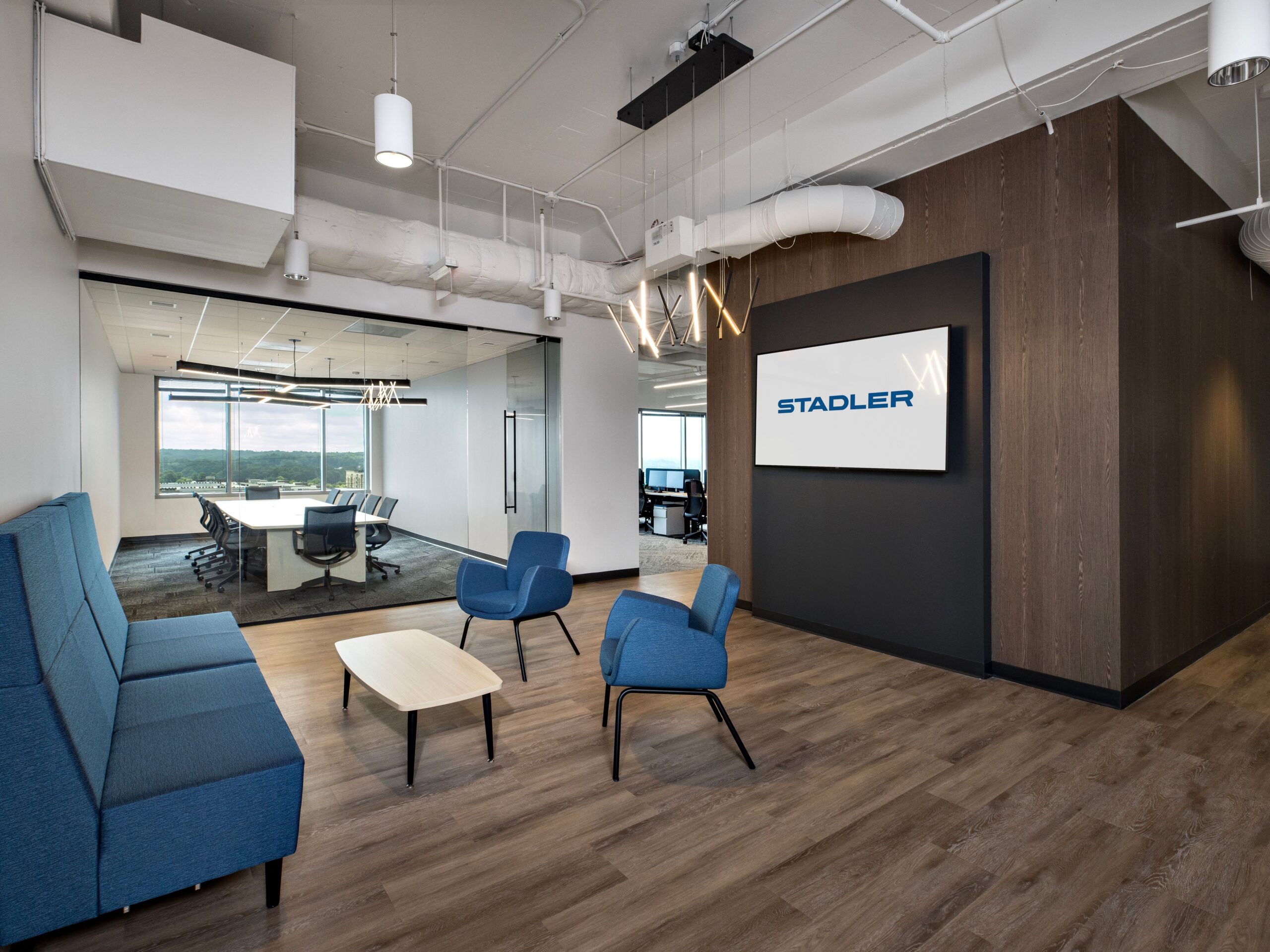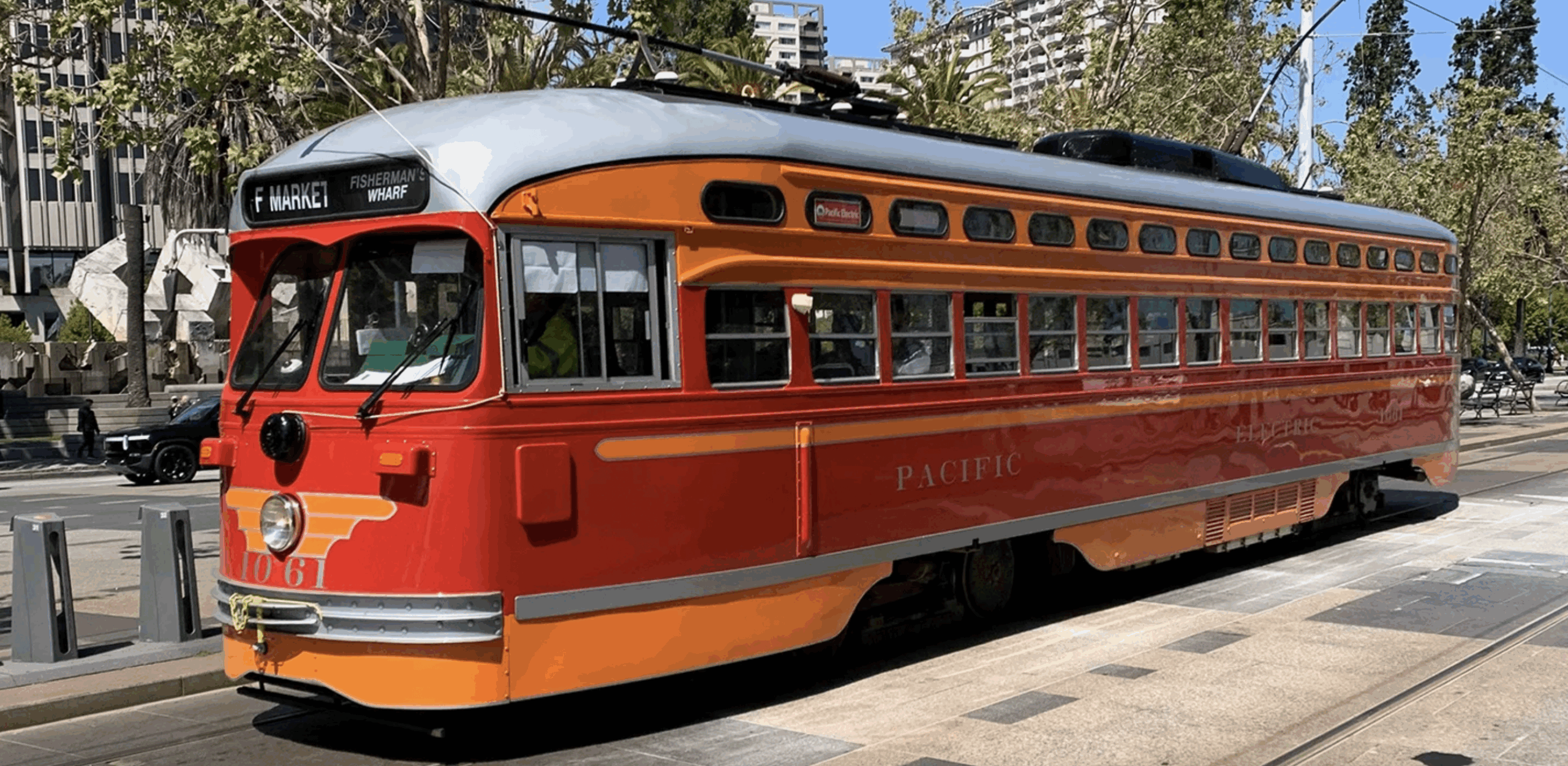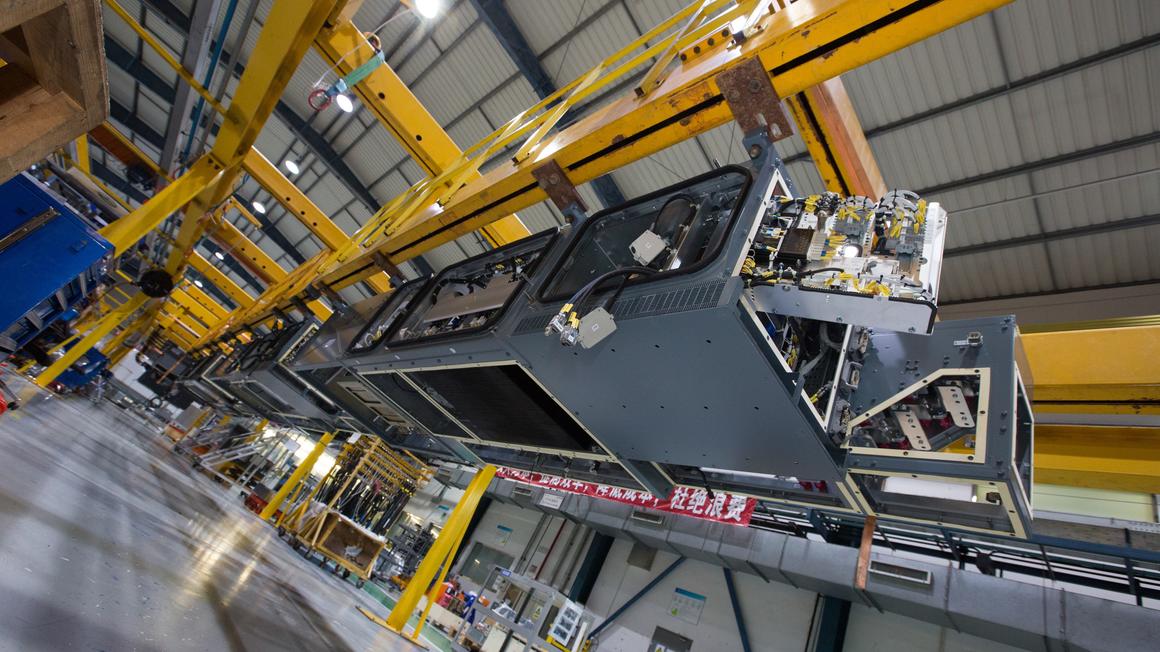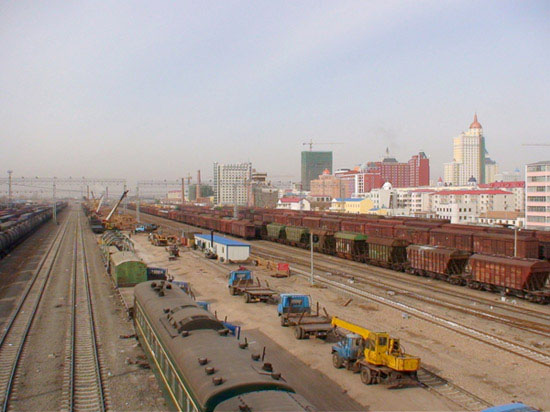Chinese rolling stock manufacturer CRRC has announced the global release of its new generation of carbon-fibre metro vehicles, called CETROVO. Officially unveiled at InnoTrans on 18 September, the conference was attended by the Chinese ambassador in Germany, She Mingde, CRRC’s president, Sun Yongcai, the German technical expert Mr Hufenbach, CRRC’s vice-president Wang Jun and the company’s general manager, Ma Yunshuang. They jointly pressed the launch button to reveal the new metro vehicle. This event marked the first appearance of such a new-generation carbon-fibre metro vehicle in the world.
CETROVO Metro Vehicle Details
Carbon-fibre composite materials
This new generation of metro vehicles for China was developed using many advanced materials and technologies. They are at the cutting-edge when it comes to energy conservation and other green considerations. They also boast more comfort and intelligence compared to conventional metros. CRRC believes this vehicle is part of the trend in which future metro vehicles are going, which is that they will be both greener and more intelligent.
The carbon-fibre material means that the entire metro vehicle is 13% lighter compared to a standard model. Reducing the weight of rolling stock is a key component in reducing energy consumption. Carbon-fibre composite materials are particularly light-weight, while also being incredibly strong, making them perfect for use in rolling stock.
In the case of the CETROVO metro vehicle the vehicle body, the bogie frame, the cab, the equipment compartment and the equipment body are all made of carbon-fibre composite materials. A particular success has been the breakthrough in key technologies, e.g. the structural design and the manufacturing and moulding of large, complicated carbon-fibre components.
Compared to a traditional metro vehicle, which is made of metals such as steel and aluminium alloys, the body, cab and equipment compartment of the CETROVO are 30% lighter, while the carbon-fibre bogie frame is 40% lighter compared to its traditional counterpart, lightening the entire vehicle by 13% in total.
Ding Sansan, CRRC Scientist and Deputy Chief Engineer of SRRC Sifang Co., Ltd, said:
“Though manufacturing costs of carbon fibre composite materials are higher than those of traditional metallic materials, they are lighter and more energy saving. Meanwhile, they have excellent performance in fatigue resistance, weather resistance and corrosion resistance. They may effectively guarantee no failures such as fatigue and corrosion of trains during the 30-year service period and reduce maintenance and thus reduce entire life-cycle costs.”
Further Reductions in Energy Consumption
In addition to the use of light-weight carbon-fibre composite materials, the CETROVO metro vehicle features a new, efficient and energy-saving traction system. It has been upgraded and is now equipped with permanent magnet synchronous motor direct drive technology – conventional metros feature an asynchronous motor. Silicon carbide convertor assembly has also been used, which very much improves the vehicles’ tractive efficiency. Calculations suggest the new vehicles could boast an energy savings of 15%.
Vehicle Configuration
The CETROVO metro vehicle has been designed to be flexible. Traditionally, metro vehicles in China have exhibited a fixed formation with a set number of compartments. The CETROVO is flexible. It can run with a minimum of two compartments and up to twelve, depending on operating demands. Making changes to the configuration takes only five minutes. This is a very useful feature as passenger flow numbers vary hugely throughout the day. By adapting the metro vehicles to match demand, operations can be made as efficient as possible and energy consumption can further be reduced.
This metro vehicle is also more capable of operating in extreme climatic and geographical environments, such as high and low temperatures (down to -40 degrees), high humidity and at an altitude of up to 2,500 metres.
CETROVO Turning Radius
These new metro vehicles feature an active radial system that monitors the vehicle as it enters into a bend. It is able to control the wheel set to run at the radial position of the bend, which hugely improves curve passing performance and makes the vehicles better adapted to small curves. The vehicle’s minimum turning radius is 80 metres – much less than that of a traditional metro. The upshot of this is also that wheel wear is reduced, which saves on maintenance costs.
Power
These CETROVO metro vehicles are able to run without external power. They contain an energy-storage system that is able to provide vehicles with traction power over a distance of 15km. In the event of a power failure these vehicles can still operate, and they can operate in areas without electricity, such as depots.
Operating Speeds
This metro has a top speed of 140km/h. It is equipped with unmanned operation technology, meaning everything from startup to acceleration / deceleration and stops at stations as well as door openings and closings and returns to the garage are performed without human intervention.
Monitoring and Maintenance
The CETROVO metro vehicle is equipped with more than 1,100 monitoring points that are designed to recognise in real-time whether the train is ‘healthy’. Early warning and remote maintenance capabilities are there to fix any abnormalities. Being able to maintain vehicles as and when they need it will make them safer and more reliable.
Passenger Comfort
The new metro vehicles have been fitted with advanced damping and noise-reduction technologies, making riding in them a more pleasant passenger experience. These metro vehicles have an interior noise level of 68db, compared to 71db of standard metro vehicles.
Track irregularities cause vibrations. Bogies are fitted with suspension systems to provide damping but in traditional systems this suspension is passive. The CETROVO metro vehicles have active suspensions. This system can detect vibration and adjust the suspension system to make it function optimally.
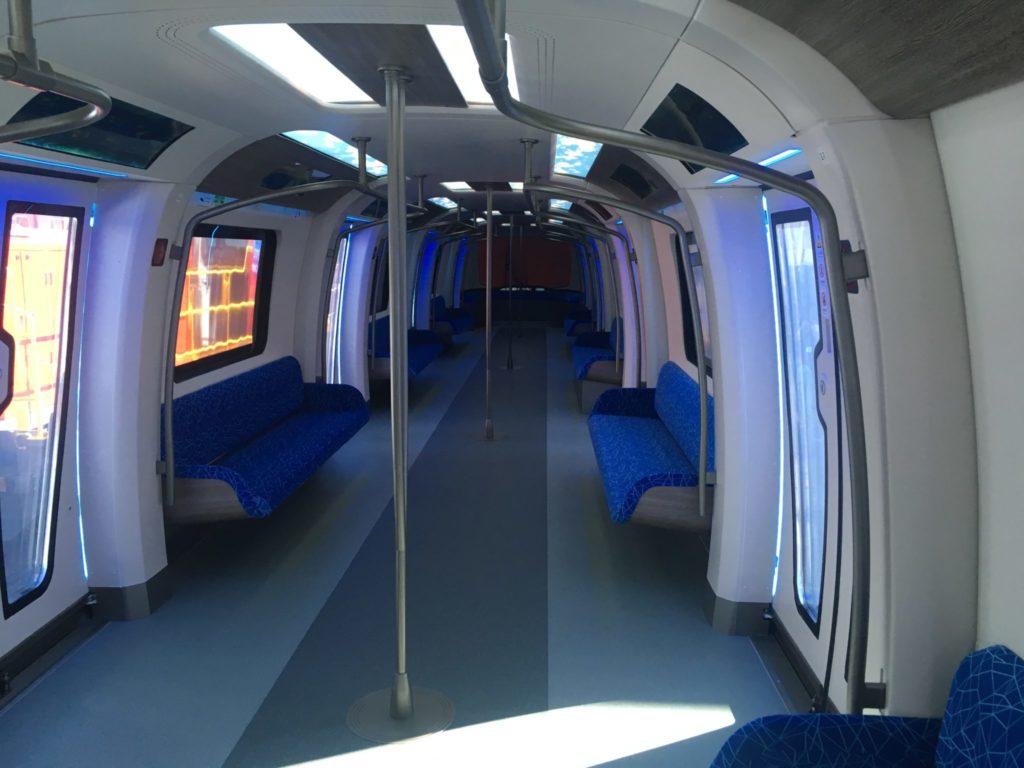
High-tech Services
One of the main features for passengers on these metro vehicles is that they have videos played on the windows. With this technology the carriages have taken on touch control. The touch control windows are able to display a lot of information, such as the news and other websites. Passengers are able to buy tickets, watch live television and more. The same technology has been applied to the mirrors in the carriages.
Other intelligent features include the air-conditioning and lighting systems which adjust automatically depending on the environmental conditions to provide the best-possible level of comfort. The seats are self-cleaning and they come equipped with a hearing aid system for passengers with auditory impairments.
The new carbon-fibre CETROVO metro vehicles will now undergo testing. The next step is line commissioning.

















